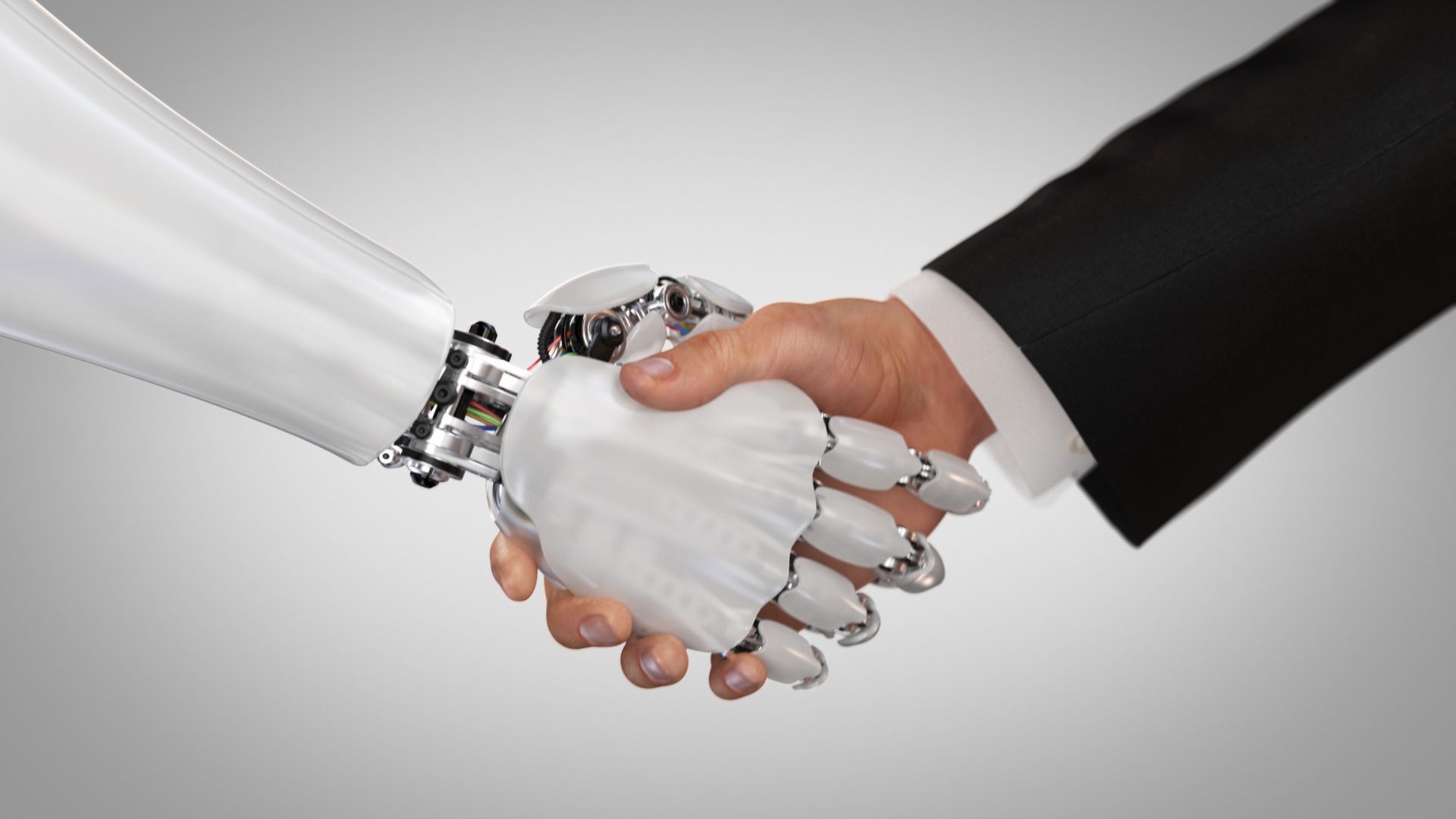Navigating Counteroffers from a Hiring Manager’s Perspective

Should a hiring manager entertain the idea of presenting counteroffers to employees contemplating departure? This question has become increasingly pertinent considering talent shortages, prompting many hiring managers to consider counteroffers to retain key staff. Yet, amidst this strategy lies a crucial inquiry: Is it truly a smart business decision?
The 2024 Salary & Market Report by people2people unveils a striking statistic: 67% of employees who accepted counteroffers in 2022 ultimately departed from their organisations. This data underscores a fundamental truth: monetary incentives alone often fail to anchor employees to a company. Consequently, it becomes imperative for hiring managers to delve deeper into candidates' motivations and reasons for seeking new opportunities. Transparent communication throughout the hiring process can pre-empt last-minute counteroffer surprises. Many candidates may initially convey a desire for higher salaries, but their motivations may encompass broader aspirations such as career advancement, work-life balance, or alignment with the company's values.
Furthermore, the 2024 Market & Salary Report reveals that 52% of organisations refrained from issuing counteroffers in the past year. Notably, a substantial portion of our clients, particularly in the legal sector, has adopted a policy refraining from counteroffers unless the role is deemed critical to the company's operations. The saying "if the candidate already has one foot out the door, let them go" encapsulates this sentiment.
This trend marks a significant shift in the market, accentuating the delicate balance between meeting hiring needs and addressing candidate demands. Our 2024 Report elucidates that 60% of the foremost recruitment challenges during the offer stage in the legal industry revolved around competition with other firms, with 33% attributing missed opportunities to counteroffers.
In essence, navigating counteroffers as a hiring manager demands a holistic understanding of employee motivations, organisational priorities, and market dynamics. By embracing transparency, strategic decision-making, and a nuanced approach to talent retention, hiring managers can navigate this intricate terrain with greater efficacy.
Find the job you love I Find the right talent
Get in touch with people2people
Australia
I
United Kingdom
In business since 2002 in Australia, NZ, and the United Kingdom, people2people is an award-winning recruitment agency with people at our heart. With over 12 offices, we specialise in accounting and finance, business support, education, executive, government, HR, legal, marketing and digital, property, sales, supply chain, and technology sectors. As the proud recipients of the 2024 Outstanding Large Agency and Excellence in Candidate Care Awards, we are dedicated to helping businesses achieve success through a people-first approach.
Recent articles





Latest Media Features
List of Services
-
Burnout Crisis: 2 in 5 workers already burnt outBurnout Crisis: 2 in 5 workers already burnt out
Ultra 106five
March 28, 2025 -
Friendship in the workplace: Do employees want to be friends?Friendship in the workplace: Do employees want to be friends?
Human Resources Online
March 28, 2025 -
Dry promotions': Australian employees given new titles with no pay hikeDry promotions': Australian employees given new titles with no pay hike
Human Resources Director
Janurary 10, 2025
List of Services
-
Burnout Crisis: 2 in 5 workers already burnt outBurnout Crisis: 2 in 5 workers already burnt out
-
Friendship in the workplace: Do employees want to be friends?Friendship in the workplace: Do employees want to be friends?
-
Dry promotions': Australian employees given new titles with no pay hikeDry promotions': Australian employees given new titles with no pay hike
Get in touch
Find out more by contacting one of our specialisat recruitment consultants across Australia, New Zealand, and the United Kingdom.
Copyright © 2025, people2people
people2people acknowledges the Traditional Custodians of country, pays respect to their Elders past and present, and extends that respect to all Aboriginal, Torres Strait Islander and Māori peoples today.
people2people partners with CarbonInvoice to measure and mitigate any carbon emissions associated with the work we do.
Specialisations
Locations
Resources

